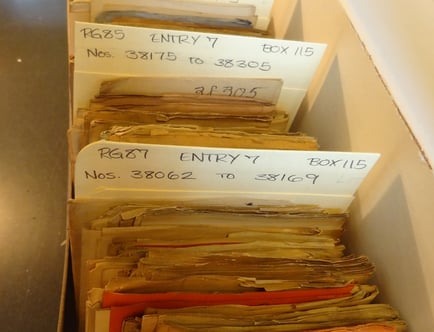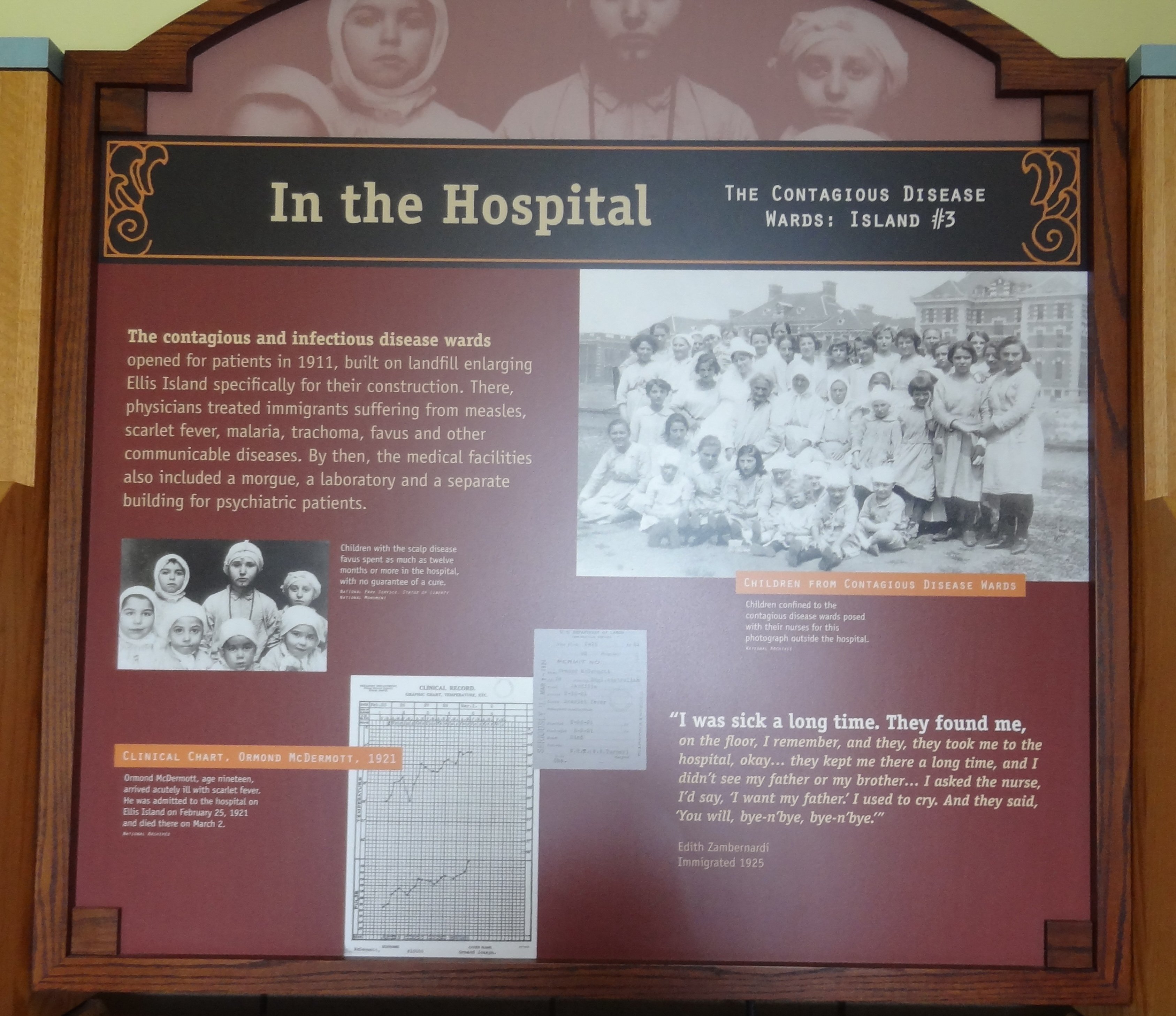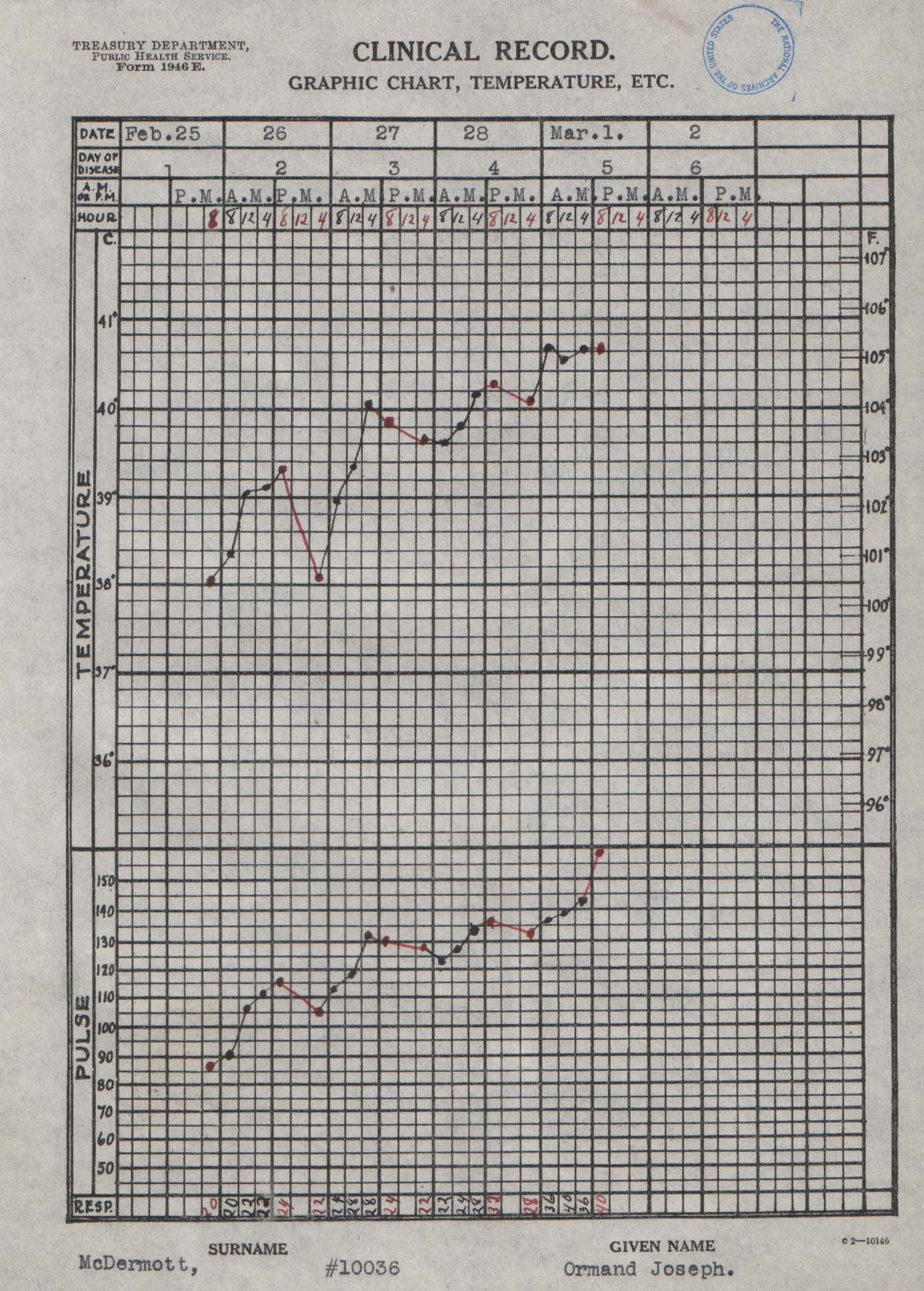
Some people might plan a trip to New York City to see a Broadway show or go shopping. For me, my true thrill is hopping the ferry and visiting Ellis Island.
As the ferry was docking on my first visit, I had tears in my eyes. Though I don’t personally have any ancestors who arrived through this most famous of U.S. immigration stations, I am fascinated by the history of immigration and the experiences of those who have come to the United States in the latter half of the 1800s on into the 1900s. Those stories bombarded my memory as I arrived at Ellis Island that first time. I have since been four more times, and look forward to my next trip.
A few years ago, a friend and I headed down to New York City specifically to visit Ellis Island. I had told her what a great experience I had, and she was excited for her first visit. We arranged our bus and ferry tickets to ensure we had plenty of time to spend.
Once inside Ellis Island National Museum of Immigration, I noticed a new guided tour offering about the hospitals of Ellis Island, including exhibits of items salvaged from those buildings. At that time the hospital buildings themselves were closed to the public, but the tour would take us into a part of the main building that was normally inaccessible. Having recently received and devoured Lorie Conway’s Forgotten Ellis Island: The Extraordinary Story of America’s Immigrant Hospital , I was excited to see what the museum staff had put together.
The medical instruments on display were fascinating, as were the storyboards lining the walls. As the guide led us around the room, my eyes focused on a specific document, pictured on a board discussing the contagious and infectious disease wards. I tapped my friend on the shoulder and said, “I have seen and held the original document they are showing here.”

The tour guide’s head kind of jerked, and he turned to me in surprise, saying that it wasn’t possible for me to have seen that document in person. I suspect that my friend was thinking, “You don’t know her very well.”
Actually, I had encountered the document years before on one of my trips to the National Archives in Washington, D.C., while hunting for records of the hospitals on Ellis Island. To this day, no one knows what happened to the original hospital records—perhaps that was why the tour guide doubted my statement.
However, on that research trip, I had learned that though the hospitals were officially part of Ellis Island, they were staffed by employees of the Marine Hospital Service—renamed the U.S. Public Health Service in 1912. The records of the Public Health Service, classified as Record Group 90, are kept in Archives II in College Park, Maryland. A shuttle service is available at the National Archives that will bring you to Archives II and back at the end of the day. So, off I went to see what I could find.
To learn more about what types of items I might find, I had browsed through a card index of the general subject files and requested that a random selection of boxes be pulled out. I began by meticulously going through each folder within each archival box, as I do whenever I am working with a new collection. It was in one of these folders that I discovered a facsimile duplicate of two different hospital records. One described a young man, Ormond McDermott, who had died of scarlet fever in 1921—the same record I later saw pictured on the tour.
Apparently, the British government had contacted the Department of State in regards to the death of Ormond McDermott, questioning the care he had received. In response, a complete duplicate of his hospital record was created and sent to the Department of State. This facsimile was the version that the museum had scanned for inclusion on the tour. The original record I had seen used multiple colors of ink—for example, on the temperature chart—but the version printed on the storyboard was black-and-white. 1

Because I had had the opportunity to handle the original files, seeing that one image in the exhibit made the experience all the more real to me. So often when we see television shows, photos in magazines, or printed images in museum exhibits, we are physically removed from the subject. Images may provoke emotions, but encountering the physical reality of an object can make those emotions come to life. Knowing that the file of Ormond McDermott had been in my hands elevated my experience of visiting Ellis Island that day.
As a family historian, I often hear it said that there is no reason to travel to places like the FamilySearch Library in Salt Lake City, the National Archives in D.C., or other physical repositories, because everything is available online these days. I couldn’t disagree more. For one thing, many records are not yet available online. In the case of the Public Health Service, the General Subject Files from 1897-1944 consist of over 1,188 linear feet of archival storage boxes—and from all that, only a single newspaper article has been digitized. But more importantly, while downloading records online is convenient, for me nothing beats the sense of wonder and history that comes from working in-person at a repository.
Yes, it leaves a bigger imprint on me when I have touched those records.
Are you interested in conducting your own research at the National Archives and Records Administration in Washington, D.C.? Let American Ancestors experts guide the way! Our week-long guided research trip—including a visit to Archives II in College Park—will present you with a genealogical goldmine. Join us this March for an up-close encounter with history you’ll never forget. Learn more about our D.C. tour here.
Notes
1 Ormond McDermott File, Box 38, File No. 219, Central Files, 1897-1944, Record Group 90: Records of the Public Health Service, National Archives, College Park, Maryland.
Share this:
About Rhonda McClure
Rhonda R. McClure, Genealogist, is a nationally recognized professional genealogist and lecturer specializing in New England and celebrity research as well as computerized genealogy; is compiler of more than 120 celebrity family trees; has been a contributing editor for Heritage Quest Magazine, Biography magazine and was a contributor to The History Channel Magazine and American History Magazine. In addition to numerous articles, she is the author of ten books, including the award-winning The Complete Idiot's Guide to Online Genealogy, now in its second edition, Finding Your Famous and Infamous Ancestors, and Digitizing Your Family History.View all posts by Rhonda McClure →